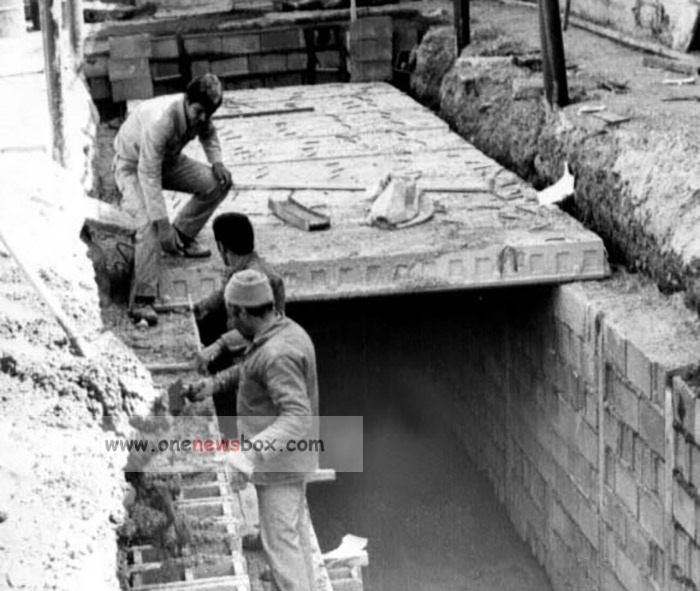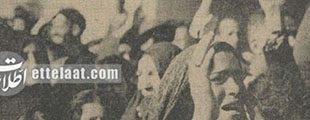A Shelter in Northern Tehran
In contrast, the shelter in northern Tehran was relatively well-equipped. Here, 350 families had staked out spaces in the basement of a skyscraper. Each space was marked off with a piece of cloth, providing a sense of privacy. Even those better-off had set up tarpaulin tents. The shelter featured three toilets and two water taps, making cooking feasible and the air relatively breathable despite the confined space.
A Shelter in Western Tehran
A three-story shelter in western Tehran housed families across two floors, with singles accommodated in the basement. The space included a toilet and water tap. Cooking equipment, a radio, and a television were available. The families organized themselves, ensuring the space remained orderly and functional.
Gender Segregation in the Shelter
In one of the city’s busiest areas, a shelter operated by an institution kept men and women separated. Even young children weren’t allowed in the opposite-sex section. The separation, enforced despite the shelter’s sparse population, added to the residents’ discomfort. “I don’t see my husband from morning until afternoon,” one woman explained. “He has lunch in the other area. We have to step outside if we want to talk. It makes things feel even more isolating.”

